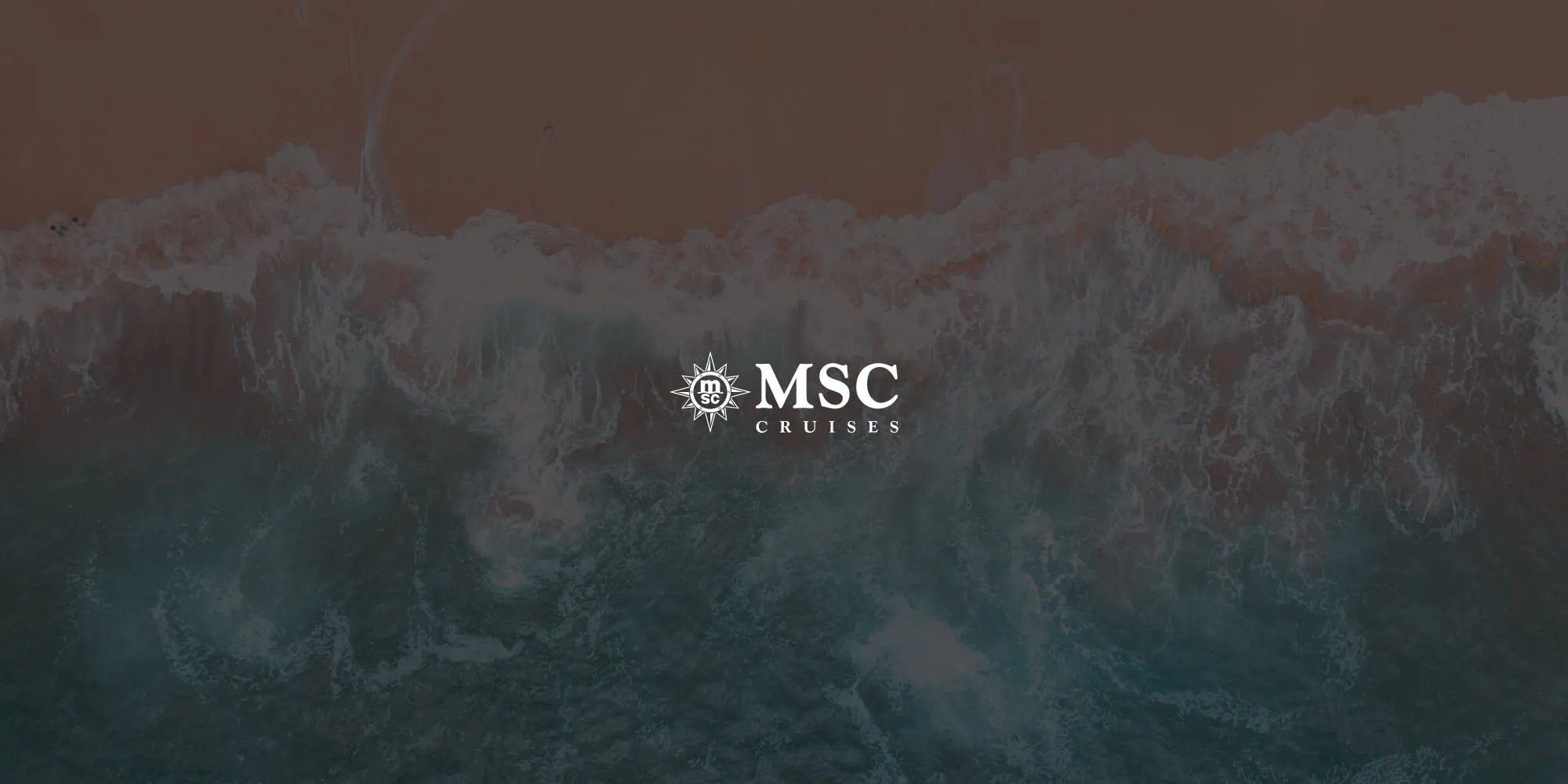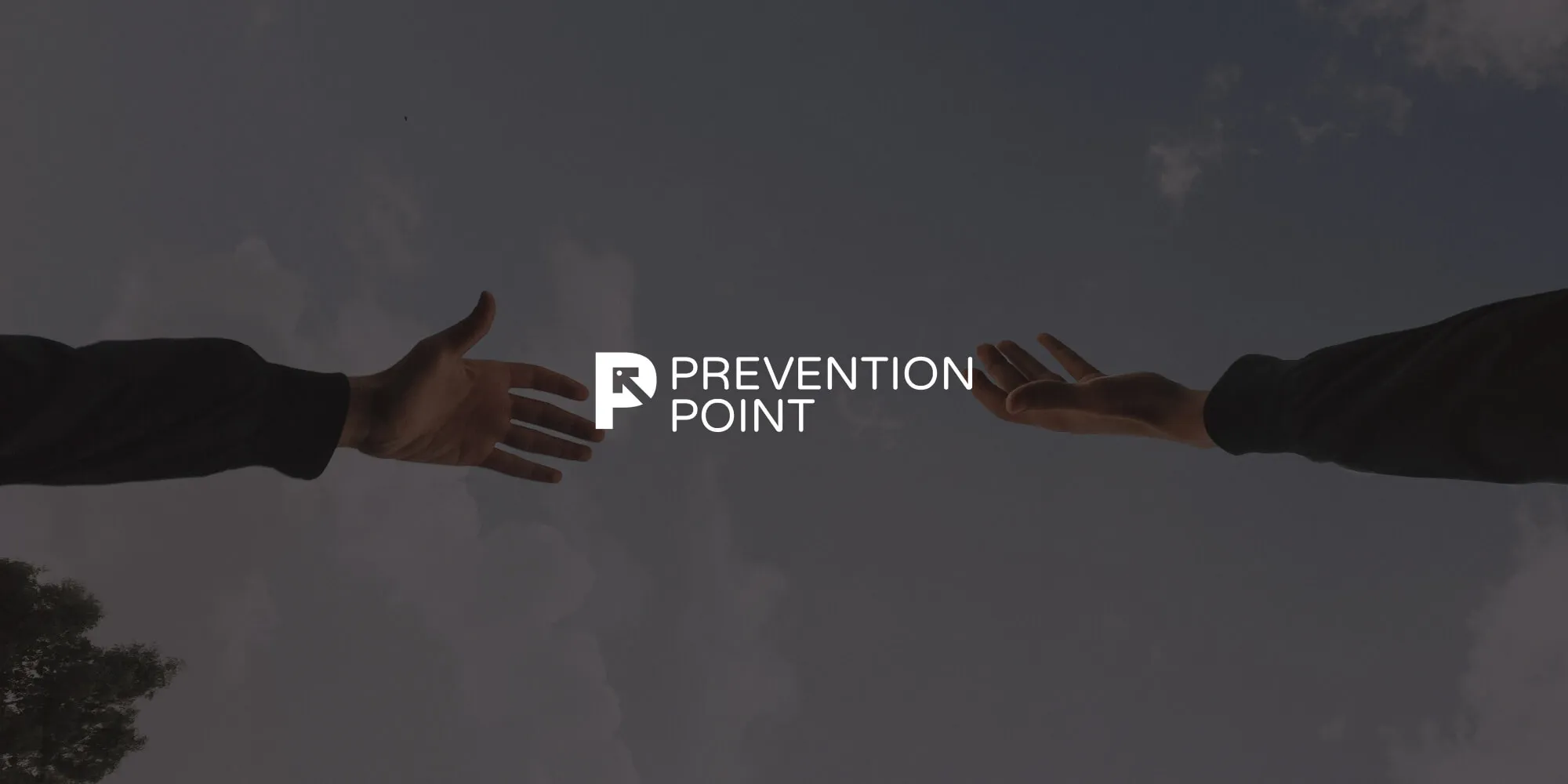Lewis Management eliminates paper-driven requests in accounting
Table of contents

Lewis Management has been a privately owned business since 1955. In 1999, the Lewis family sold a portion of its business, Lewis Homes, to Kaufman and Broad (KB Home), creating the largest homebuilder in the United States at the time. They currently focus on land acquisition, land development, planned communities, and property management covering apartments, retail(opens in a new tab), and office/industrial.
The Challenge
Before Nutrient Workflow, Hermin Minotta, IT Project Manager at Lewis Management(opens in a new tab), and his team found it challenging to track all of their business processes with complete visibility. Departments had no way to track their time-sensitive, paper-driven processes. Lewis Management began to reduce its paper consumption in 2008, but that did not mean it was gone entirely. What was left of the paper processes still caused bottlenecks, says Minotta.
Another challenge Lewis Management faced was the forms submitted via their Intranet. These electronic forms were submitted without any automated workflow. Instead, the forms were manually sent to different departments to be completed.
Use of these manual forms meant:
- It was impossible to ensure that forms were filled out correctly.
- There was no mechanism to assign tasks, for instance, setting the correct approver.
- The submitted forms could easily be overlooked in an approver’s inbox for some time.
- In some cases, forms were lost entirely.
"We have better visibility to what, when, and where requests are at in any given time.”
- Hermin Minotta, IT Project Manager, Lewis Management Corp
Why Nutrient Workflow?
With these challenges in mind, Lewis Management chose Nutrient Workflow to transform their workflow “because of its intuitiveness, capabilities, and extensibility to interact with databases or 3rd party systems,” according to Minotta.
“Nutrient Workflow has incredible people besides delivering a great product."
- Hermin Minotta, IT Project Manager, Lewis Management Corp
Another reason Lewis chose Nutrient Workflow was the ease of use for both the end users and administrators. Having complete visibility of their processes that were once paper-based or through a static electronic form has completely changed the way their organization operates.
Implementation
Minotta worked with Nutrient Workflow’s Customer Success team to quickly onboard and train the administrators on using Nutrient Workflow. They then worked with the Nutrient Workflow Services team to build out their first processes during the implementation stage.
“The implementation went well to the extent that we are expanding our Nutrient Workflow user count.”
- Hermin Minotta, IT Project Manager, Lewis Management Corp
From the beginning, users have found it easy to manage tasks and keep work moving forward much more efficiently. Users can also report on outstanding requests and approvals to identify bottlenecks and improve processes.
What They’ve Built
Lewis Management has been busy building workflows since becoming an Nutrient Workflow customer in 2021. They’ve built a vendor onboarding request workflow that adds vendors to a JDE accounting system which then involves accounts payable and insurance as review desks. The requester can represent a department/group or general user.
Another automated workflow is called the Preliminary Notice request workflow. This process ensures that sub-contractors are getting paid for the projects they’ve completed. The contracts or agreements are managed by in-house contract administrators representing the different segments of the business, like residential, commercial/retail, land, and office/industrial. Each designated group reviews its respective preliminary notice contract or agreement.
Results
Minotta says, “the results have been wonderful,” and “the workflows are constantly being used.” The process data is helpful to Lewis Management’s accounting department since they can see statuses and confirm that requests are being handled appropriately.
For example, at the beginning of 2022, there were approximately 300 requests that had not been approved. Using Nutrient Workflow’s dashboards and reporting capabilities, they could notify the pertinent groups and reduce the number of outstanding requests to less than 30.
Since there are exceptions where the review desk can’t proceed until they gather the necessary information to satisfy the request, it’s essential to see where a request is in the flow view. “We have better visibility to what, when, and where requests are at any time. This reduces the amount of time in resolving and approving requests.”
What’s Next?
The system has worked so well that Lewis Management is already discussing their following project plans. In addition to the two workflows already created, Minotta says the next project in the works will involve the legal and HR departments.









